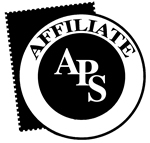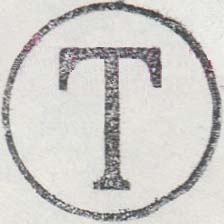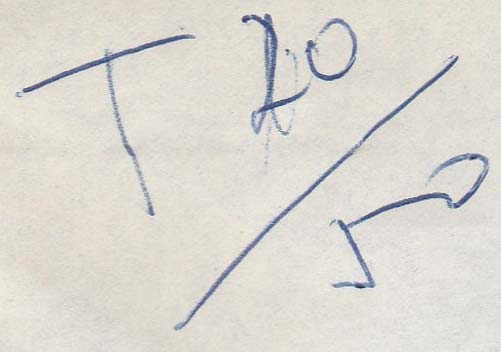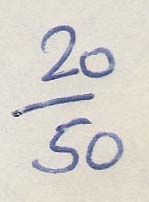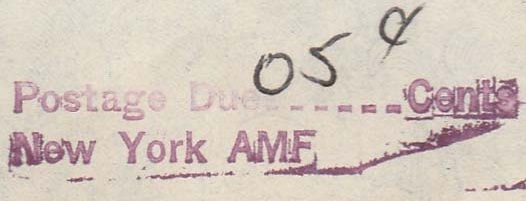3 Swiss Covers Short Paid, All With Different Auxiliary Markings
(Published: February, 2025, Volume 23, Number 1, Issue #54) (Table Of Contents)(Author: Larry Fillion, Anthony Dewey)
|
I recently bought three very similar commercial covers which were sent to the United States in October of 1966 from Switzerland. All three were short paid and therefore have auxiliary markings on them.
All three were sent within a two week period from what appears to be the same sender addressed to the same address but all three have different combinations of auxiliary markings.
All three covers have no markings on the back.
First, I need to figure out the correct Airmail Rate from Switzerland to the United States in 1962, so yet again, I am in the need to rate the covers (I have done so for the United States, United Nations, Philippines in previous articles) and again I'll be using a book from Anthony S. Wawrukiewicz and Henry W. Beecher "U.S. International Postal Rates 1872-1996". This book not only has foreign rates from the United States to foreign counties, but it also has rates for Surface and Airmail for incoming mail to the United States up to about the late 1960s. Page 313 has the Incoming Rates for Switzerland. |
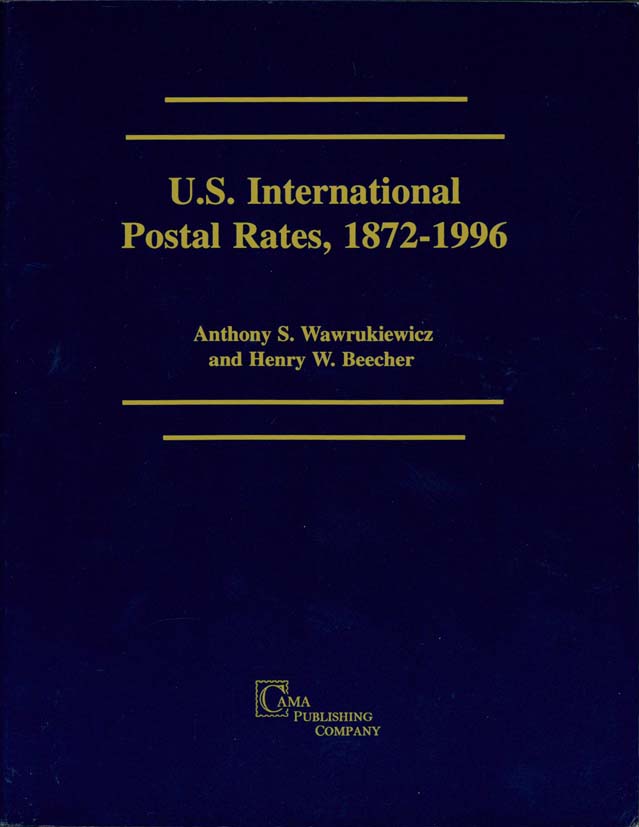
|
|
Incoming Airmail Rate to the United States : Starting 11/13/1962
Surface Mail Letters 50 centimes for 20 grams + Surcharge added to Surface rate 25 centimes per 5 grams |
||||||||||||
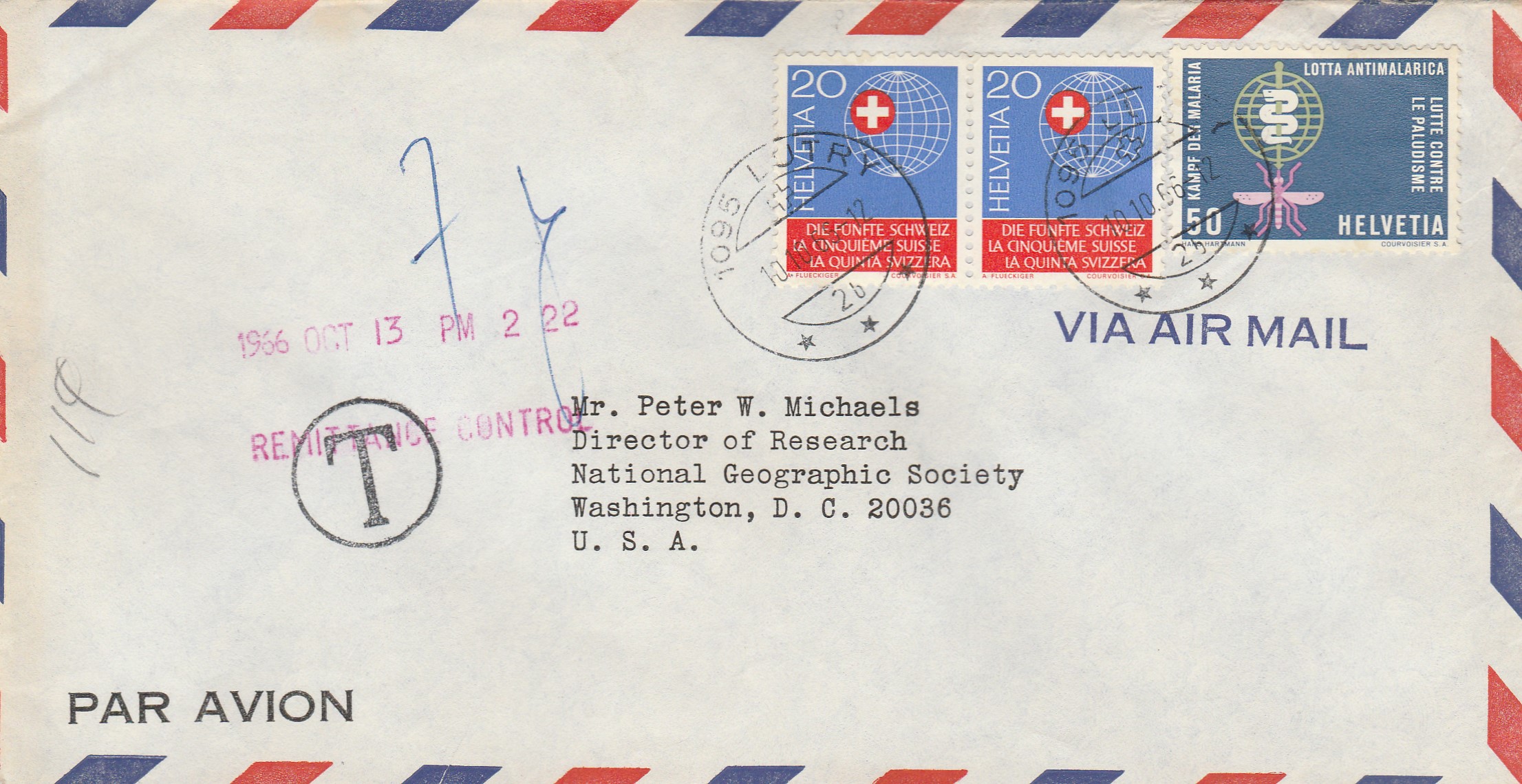
| ||||||||||||
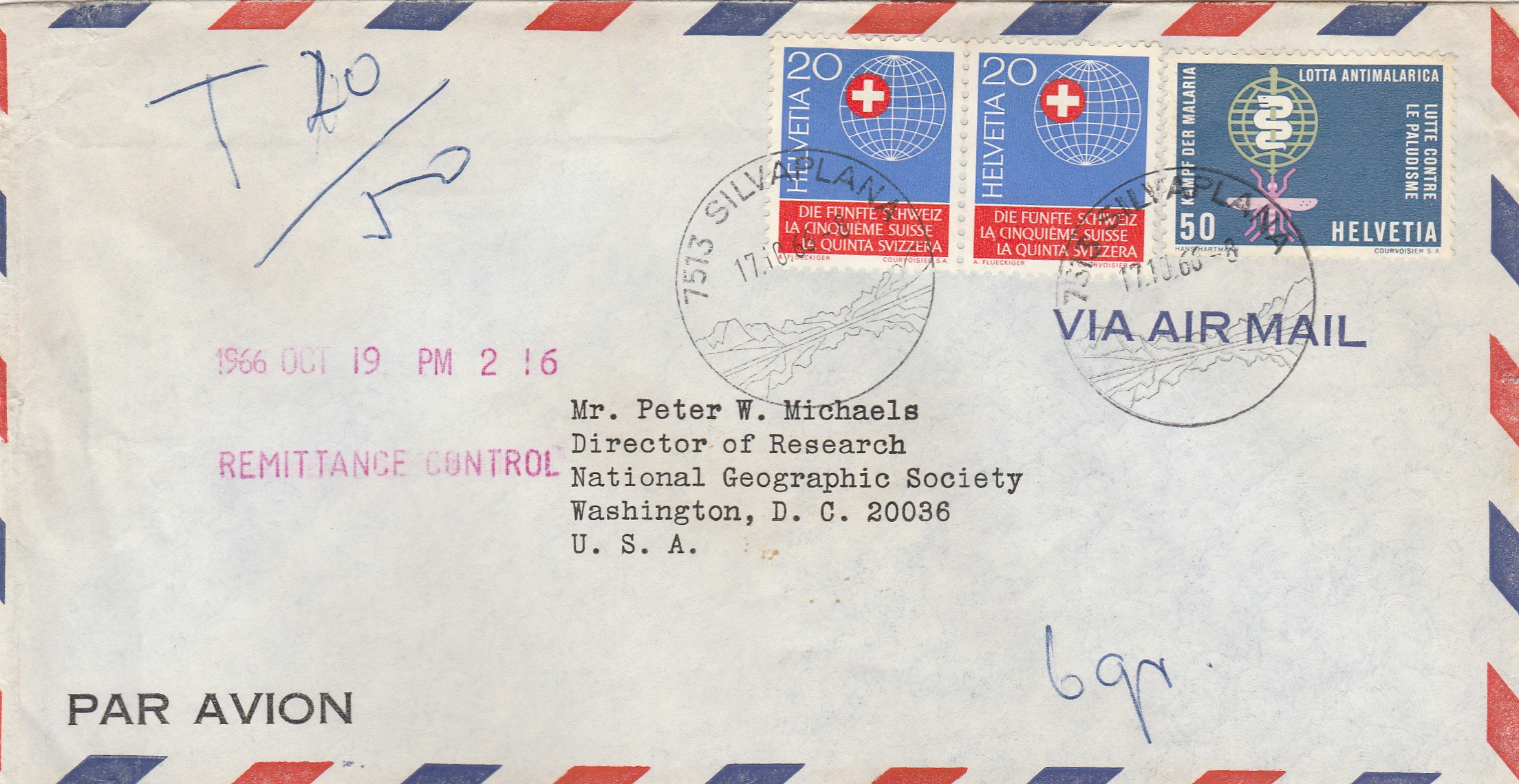
| ||||||||||||
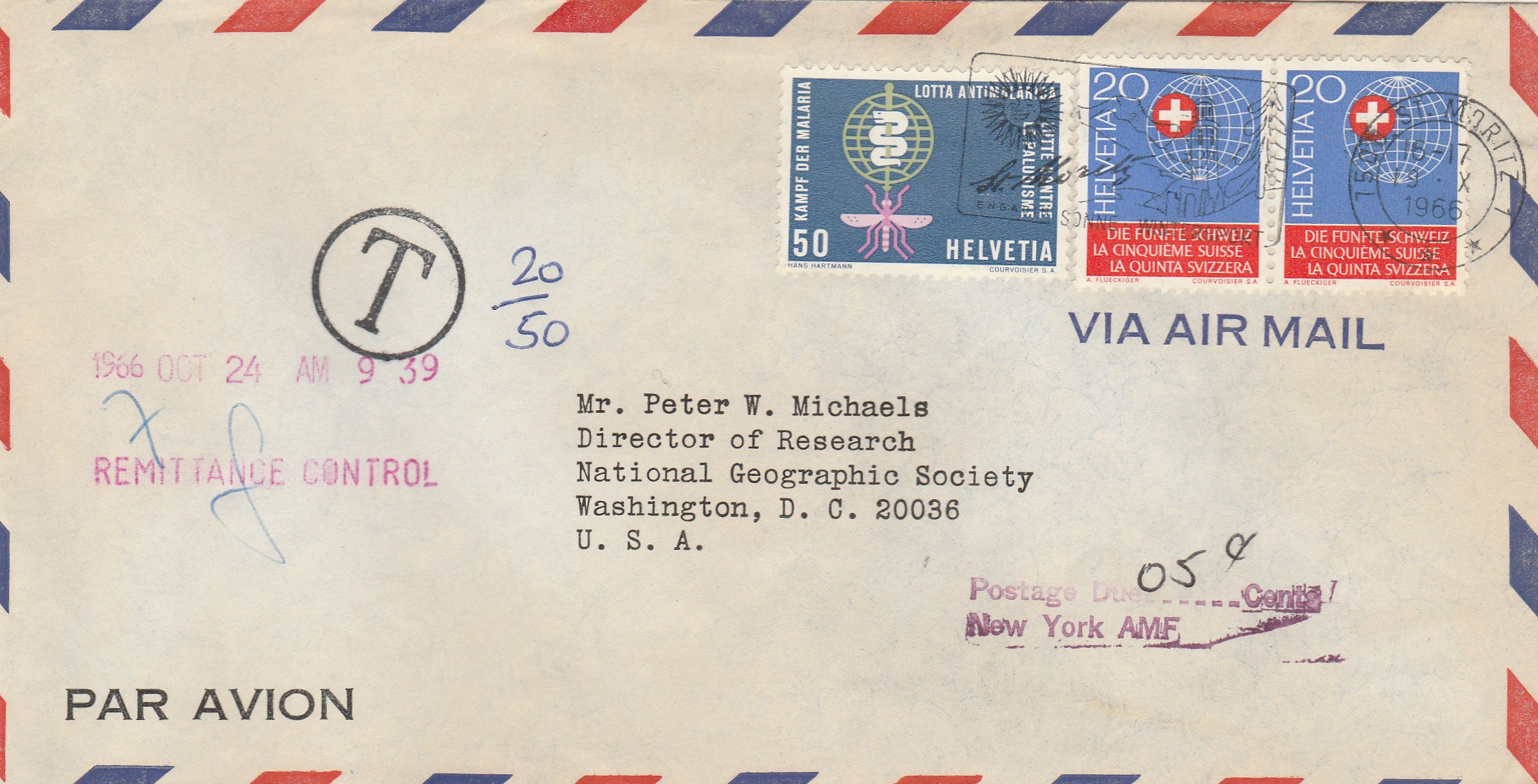
|
Footnote (written up by Anthony Dewey)
-
For the treatment of short paid mail between two UPU members, refer to "Further Insights into U.S. Postal History, 1794-2019" By Tony Wawrukiewicz published in 2019.
In Chapter Four: Uses of Postage Due Stamps, 1879 - 2019, on pages 138-139 Tony notes that per the UPU Congress in Vienna of July 1964, effective January 1, 1966
short paid international mail would change the way it was to be handled. Short paid mail was to be marked at the sending post office with a "T" and a fraction.
The numerator of the fraction was to be double the amount short paid and the denominator was to be the full rate.
The recipient post office was to multiply the fraction by the amount of its rate to determine the amount due.
Additionally, IF there was a return address, the letter should be returned to the sender for the additional postage due.
Otherwise, the letter was sent along to the addressee where the recipient post office would assess postage due.
All three of the letters were correctly marked with a "T" to show that the letters were short paid. Two of the letters were correctly marked with the fraction 20/50; 20 being 2 times the short paid amount of 10 centimes, while the denominator, 50, was the airmail surcharge. Why only the surcharge and not the full amount of postage? Apparently, the Swiss clerk(s) considered the surface rate fully paid (50 centimes paid by the anti-malaria stamp) and that it was only the airmail surcharge that was short paid.

